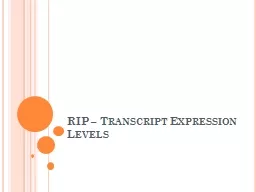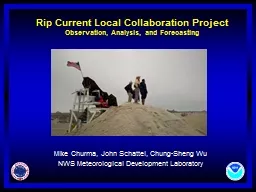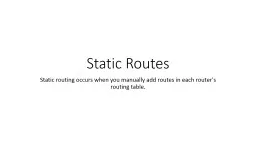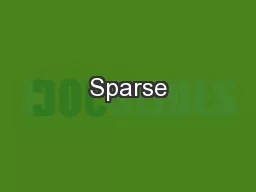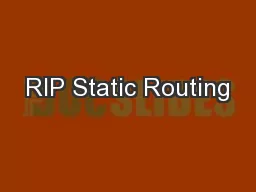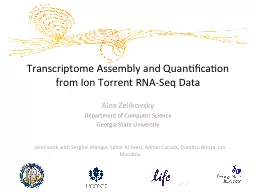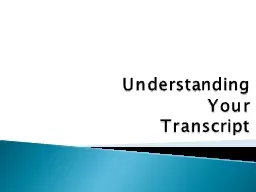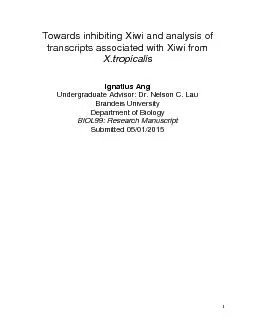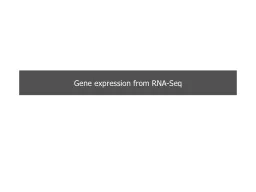PPT-RIP – Transcript Expression Levels
Author : karlyn-bohler | Published Date : 2016-07-05
Outline RNA ImmunoPrecipitation RIP NGS on RIP amp its alternatives Alternate splicing Transcription as a graph Distribution of tags in exons Pipeline on RIPseq
Presentation Embed Code
Download Presentation
Download Presentation The PPT/PDF document "RIP – Transcript Expression Levels" is the property of its rightful owner. Permission is granted to download and print the materials on this website for personal, non-commercial use only, and to display it on your personal computer provided you do not modify the materials and that you retain all copyright notices contained in the materials. By downloading content from our website, you accept the terms of this agreement.
RIP – Transcript Expression Levels: Transcript
Download Rules Of Document
"RIP – Transcript Expression Levels"The content belongs to its owner. You may download and print it for personal use, without modification, and keep all copyright notices. By downloading, you agree to these terms.
Related Documents

